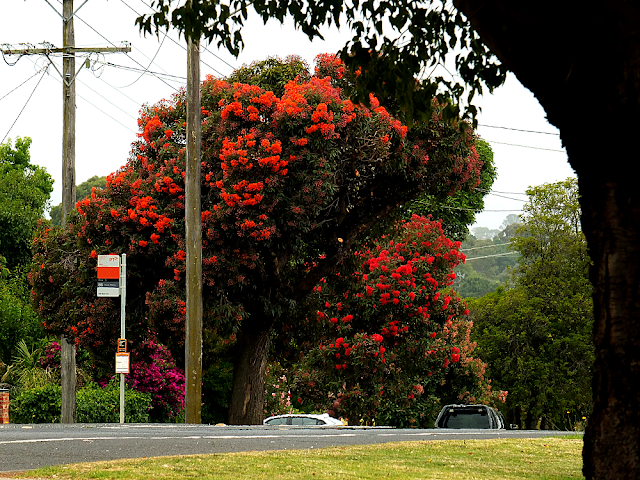With the
heat of summer well and truly upon us, it is worth noting that researchers point
out that ground temperatures on a hot day can be as different as 10⁰C in some
localities due to the presence or lack of tree cover (ABC News link).
 |
| Credit: US.Forest Service |
Trees
are natural air conditioners that help keep us cooler and healthier.
When the
sun’s rays reach a hard surface such as a building, a bitumen road or concrete
footpath, heat is absorbed into the object and radiated into the surrounding
air. This is one of the reasons that overnight temperatures in cities are
always higher than the countryside – the heat collected through the day is
being radiated back into the air.
Not only
do they provide shade from the sun’s direct radiation on a hot day, trees can
also actually cool the air by transpiration. Moisture in the ground is absorbed
by the roots and transported throughout the tree and out into the air through
pores in the leaves.
Transpiration at the surface of the leaves occurs when the
moisture in the leaves changes to water vapour by absorbing heat from the air,
thus cooling the air around the tree – pretty much like the evaporative coolers
on the roofs of houses.
A large
gum tree on a hot summer’s day can transpire as much as 200L of moisture into
the air, taking around 118,000 calories of energy from the air to do so.
Provided
there is enough moisture in the soil, the amount of transpiration is directly
proportional to the leaf area, hence leafy tree and understorey plus mulched
ground surface to retain soil moisture are important factors that make trees
nature’s air conditioners.
For
our own health and wellbeing as our climate warms up, well-designed
streetscapes and developments that include trees, should be an important
consideration of urban planning.




